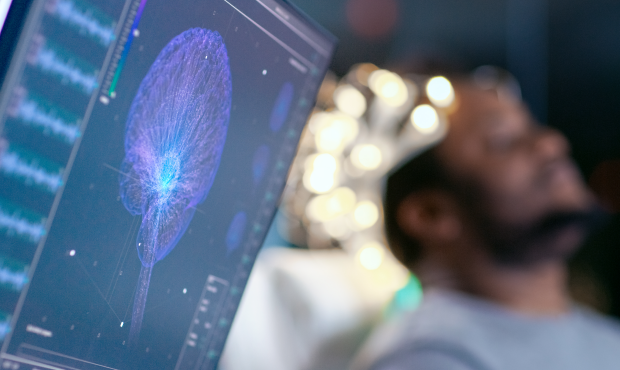Introduction
Organization
Organization
Organization Introduction
Divisions
Seminar
Member
Education
Introduction
Organization
Organization
Organization Introduction
Divisions
Seminar
Member
Education


Organization
Organization Introduction
Divisions
Member
Education
Organization
Biocompatible Material Development Division
Conduct research mainly on biocompatible materials in cooperation with the Planning And Strategy Division

In collaboration with the Planning And Strategy Division, we will conduct needs provision, development and assessment of biocompatible materials required for implantable medical devices (e.g., magnesium alloys and zinc alloys for surgical clips, staples, stents, and radiation therapy markers).
Research topic
Research on biodegradable implant
Metallic materials are widely used in a medical setting as devices for clamping and sustaining body tissues which require treatment by accident or disease, because they maintain high strength for a long time. For example, titanium alloys have high strength, corrosion resistance and biocompatibility, thus they are applied to devices such as clips for clamping tissues, plates for bone junction and artificial hip joints. On the other hand, after body tissues are treated, artificial devices are not required. Those devices often cause CT artifacts and inflammations, therefore biodegradable devices, which are degraded in vivo with time and eliminated from the body, have received a lot of attention. Then, in this research project we focus on magnesium and zinc which are essential elements and biodegradable, and conduct a study for applying those metals to devices for clamping tissues. Specifically, we carry out optimum design of materials and configurations for devices, prototype fabrication of model devices and performance validation by collaborative experiment with medical researchers.
■Member
Professor Toshiji Mukai, Associate Professor Naoko Ikeo
Research on Biocompatible Soft Materials
Biocompatible materials are increasingly becoming more important to satisfy the diversifying needs of medical practices. Precious design of the biomaterials has crucial role to increase its ripple effect on medical applications: The materials morphology includes solutions, gels, crystalline / amorphous solids etc. For example, water-soluble dissolving agents that dissolves poorly water-soluble drugs, nanoparticles bearing high targeting ability toward tumor tissues, a polymer solution having in-situ gelling ability in view of post-operative tissue adhesion prevention, hydrogels that are excellent in mechanical properties and excellent in the ability to induce differentiation from cells to tissues are ideal for designing materials according to the requirements of the medical field. Therefore, from the synthesis of biocompatible materials to the functional evaluation in view of the spread to these medical sites, we are pursuing the significance as a biomaterial. Specifically, we are promoting the development of self-healing gel by using natural polysaccharides, stabilization and the controlled release of physiologically active molecules utilizing phase separation phenomena, nanoparticles / solution having supramolecular structure, and biodegradable materials.
■Member
Professor Tooru Ooya
Research on Fatigue strength evaluation for metallic biomaterials
Metallic biomaterials are used in medical devices such as artificial joints and bone plates. Metallic materials subjected to small cyclic loads break after prolonged use (called as fatigue). In structures such as airplanes and railways, the strength against fatigue of materials is evaluated to prevent accidents caused by fatigue. The fatigue strength In vivo is reduced compared to the atmospheric environment due to the influence of chemical and biochemical factors. In order to use metallic biomaterials safely for a long period of time, it is necessary to evaluate the fatigue strength of the materials in the vivo environment. In this study, research on the evaluation of fatigue crack growth characteristics and the elucidation of a mechanism of the crack initiation for metallic biomaterials are conducted using infrared thermography and synchrotron radiation CT imaging.
■Member
Associate Professor Daiki Shiozawa
